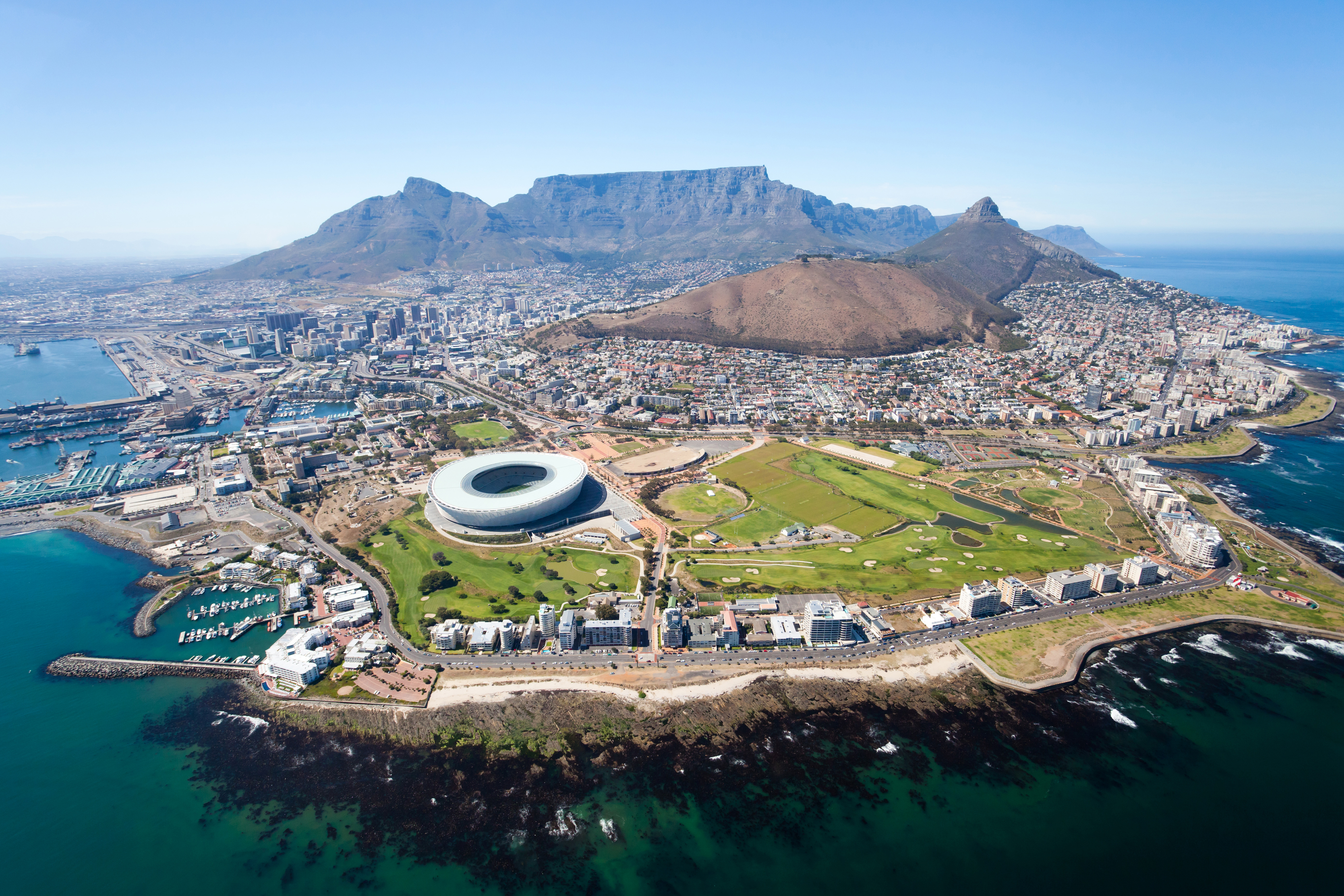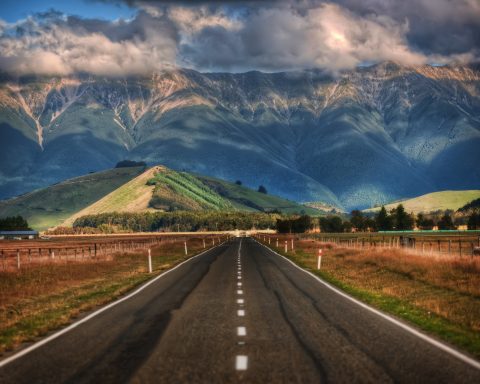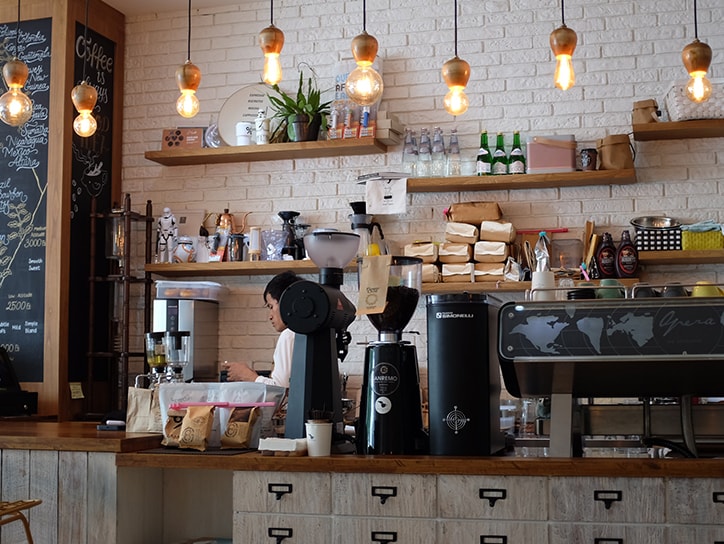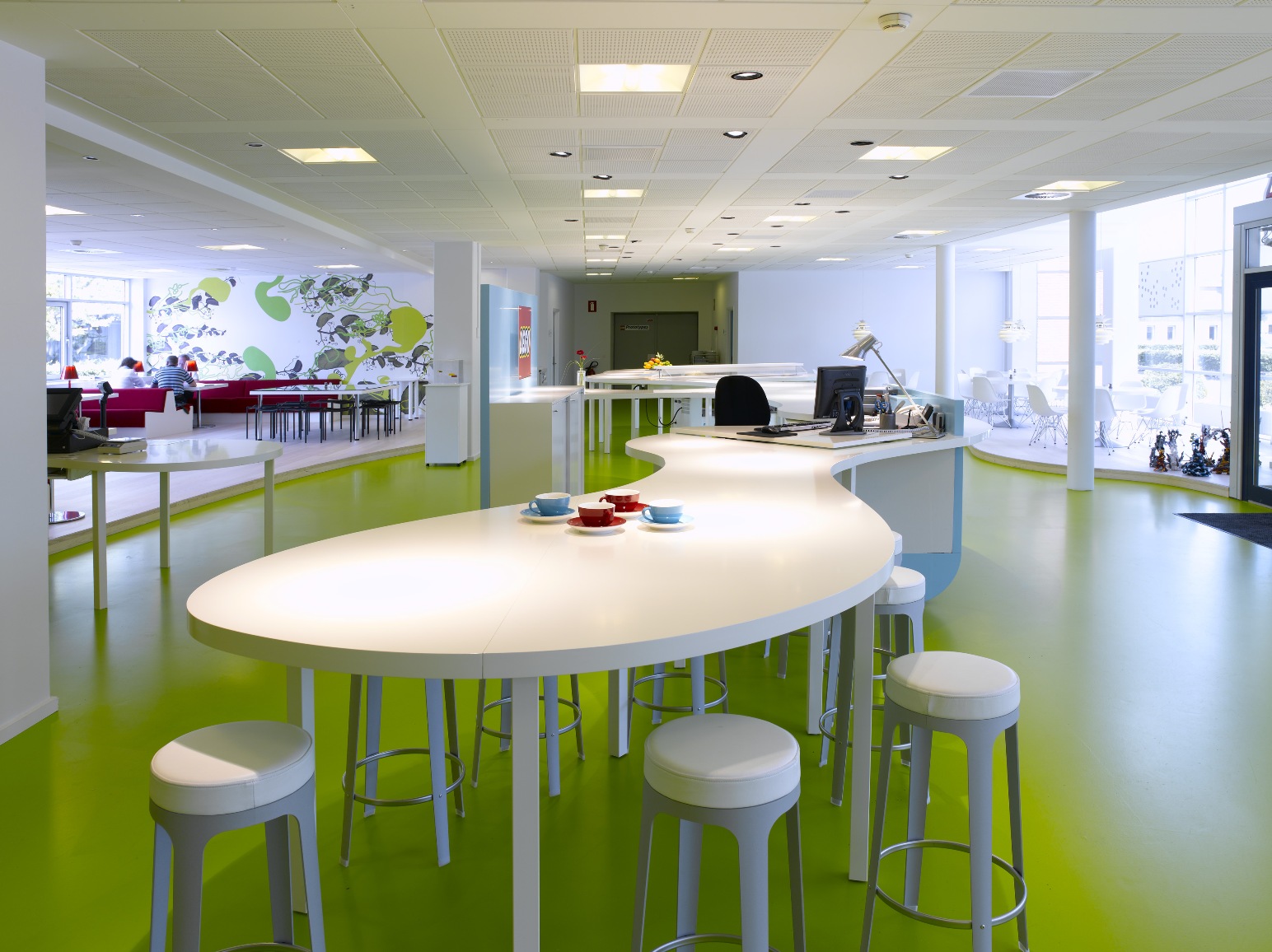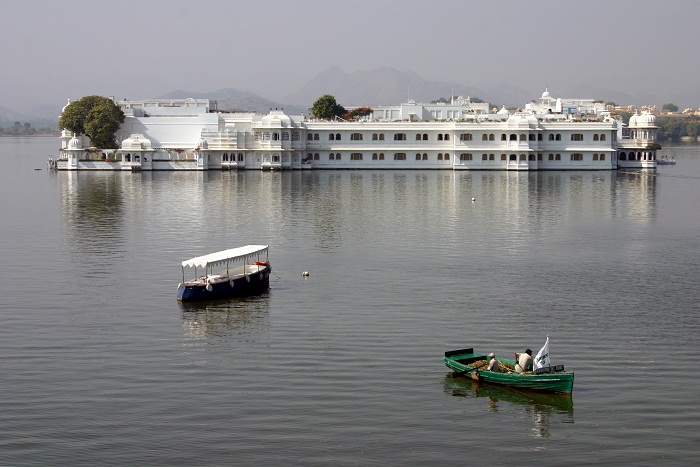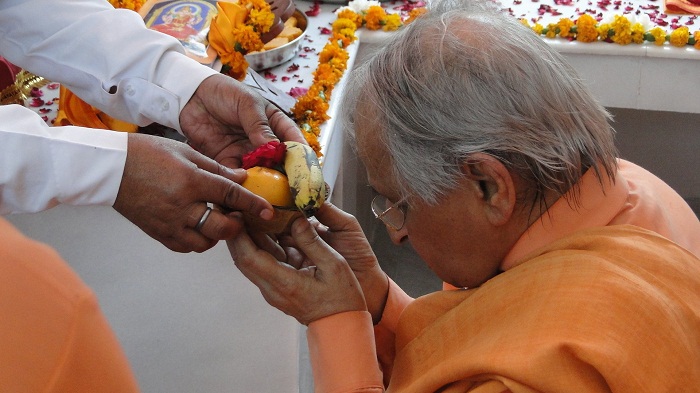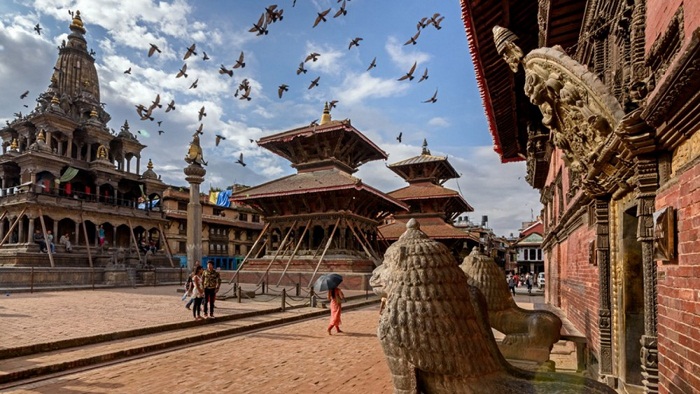Cape Town is located near the south western tip of Africa and combines the fast pace of a modern city with breathtaking scenery and just a hint of exotic African flavor. The city can be described as melting pot of cultures, which includes the Dutch, British, Indian, Malay and Xhosa influences.
1. Robben Island
Just off the coast of Cape Town’s harbor, visitors will find interesting attractions in Robben Island. It was here that South Africa’s first democratically elected president, Nelson Mandela spent 27 years of incarceration, but the island has also served as a leper colony and military installation. Today, Nelson Mandela’s prison cell can be viewed by the public, along with a number of other exhibits that graphically depict the hardships suffered by political prisoners under the apartheid regime. Boat tours to the island depart daily from the historical Alfred dock.
2. The Waterfront
Cape Town harbor is the scene of a popular and vibrant commercial development known as the V&A Waterfront, which offers plenty of bars, restaurants, shops, boat tours and other forms of live entertainment. Tourists can take a go to the harbor side and watch the seals cavorting in the waters or visit the bustling craft market to see talented African artisans at work.
3. Table Mountain
Cape Town’s most striking natural feature has to be Table Mountain, which has gained the prestigious status as one of the Seven New Wonders of the World. Adventurous visitors could climb or hike to the top, but you can enjoy a bird’s eye view of the city is through its high-speed, modern cable car. Table Mountain is part of a richly diverse region known for its fynbos and beautiful protea flowers.
4. Kirstenbosch Botanical Garden
Visitors interested in plant life, may also wish to stop off at the Kirstenbosch Botanical Garden, a lush showcase of indigenous vegetation. It includes a scent trail for the visually impaired, as well as a fascinating collection of exotic cycads.

5. The Castle
Cape Town was founded more than three hundred years ago by Dutch Colonists and still has numerous historical buildings to note. One of the most striking historical building is the Castle, a pentacle shaped fort built over three hundred years ago from locally mined stone.
6. Slave Lodge
Another historically significant structure is the old Slave Lodge. Once the residence of the slaves owned by the colonial government. The building now houses a museum that remembers the dark days of slavery in colonial times.
7. Bo-Kaap
A particularly picturesque quarter of Cape Town is the colorful Bo-Kaap, a neighborhood founded by the city’s Malay slaves. It is brightly painted houses along the slopes of Signal hill present visitors with many a photo opportunity.
8. District Six Museum
The District Six Museum informs visitors of the city’s sad legacy of forced removals during the 1960s. It includes a detailed former neighborhoods layout, as well as personal accounts from the former residents.
9. The Cape Peninsula
The Cape Peninsula features some of the most beautiful mountain and seascapes to be found anywhere. There are also a many accessible beaches, ranging from the trendy Clifton sands, to Boulders, a protected wildlife sanctuary where penguins rule the roost. The peninsula tip, where the two oceans meet, forms a part of Cape Point Nature Reserve, with a resident population of baboons.
10. Constantia
Near the city lies the Constantia Valley, a premier wine growing region. It is named after Constantia, the wine farm belonging to former Cape governor Simon van der stel. Constantia farmstead is a typical example of the Cape Dutch style of architecture.
11. Township Tours
Township tours to sprawling Khayelitsha or Langa, the city’s oldest township, offer a unique cultural experience and provide an eye opener to the hardships and poverty experience by millions of South Africans on a daily basis.
In Closing the Esta Visa system can be utilized as a gateway to Cape Town. It is a city of contrast and opportunity – a microcosm of the rest of the continent.

